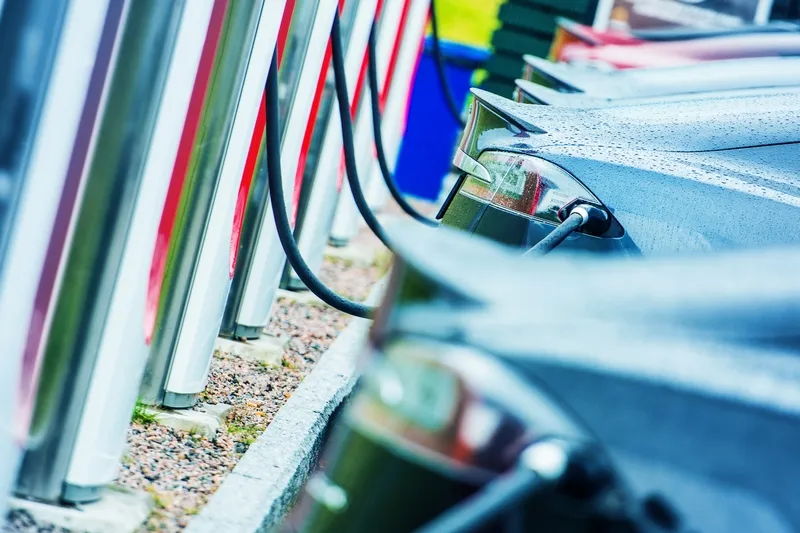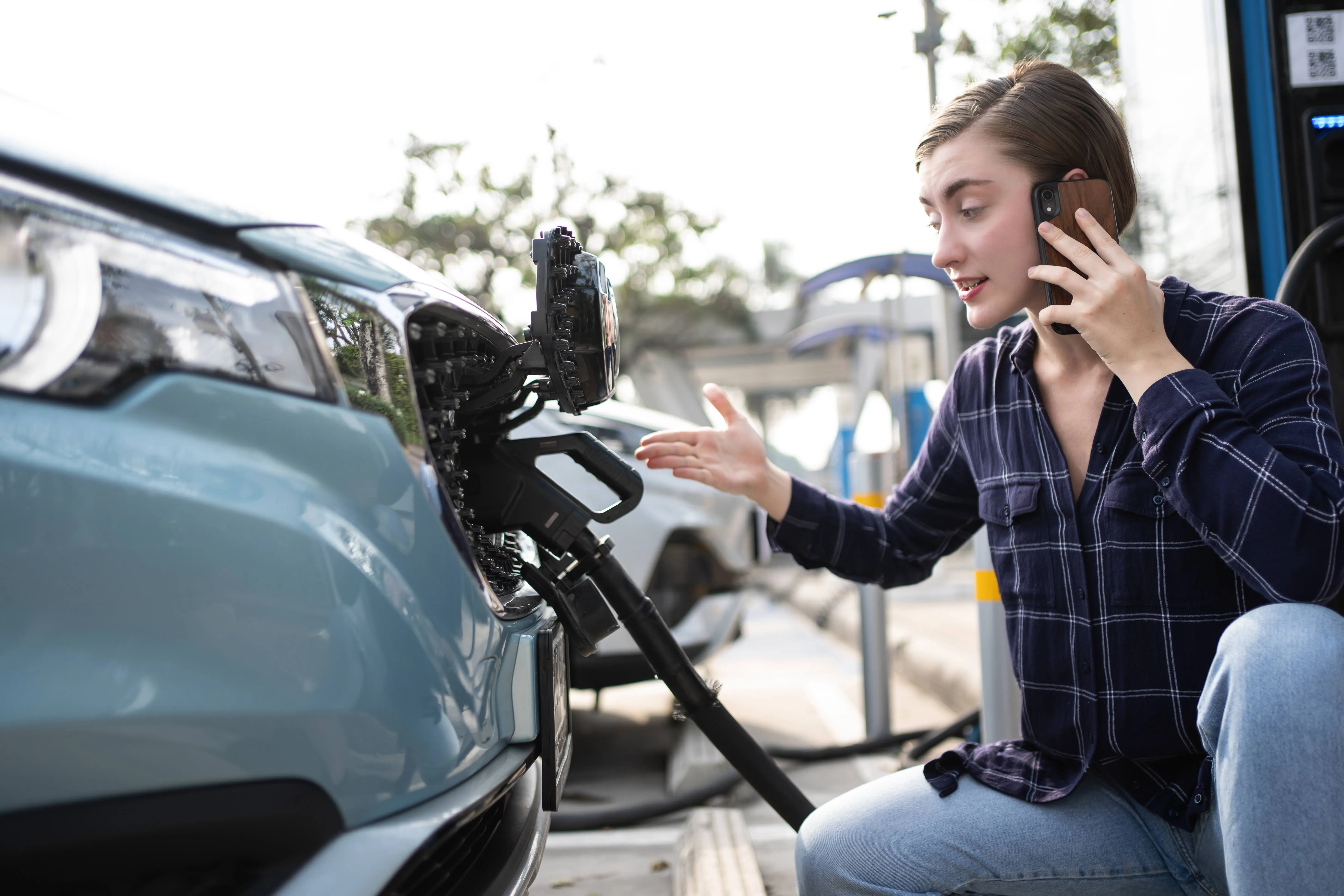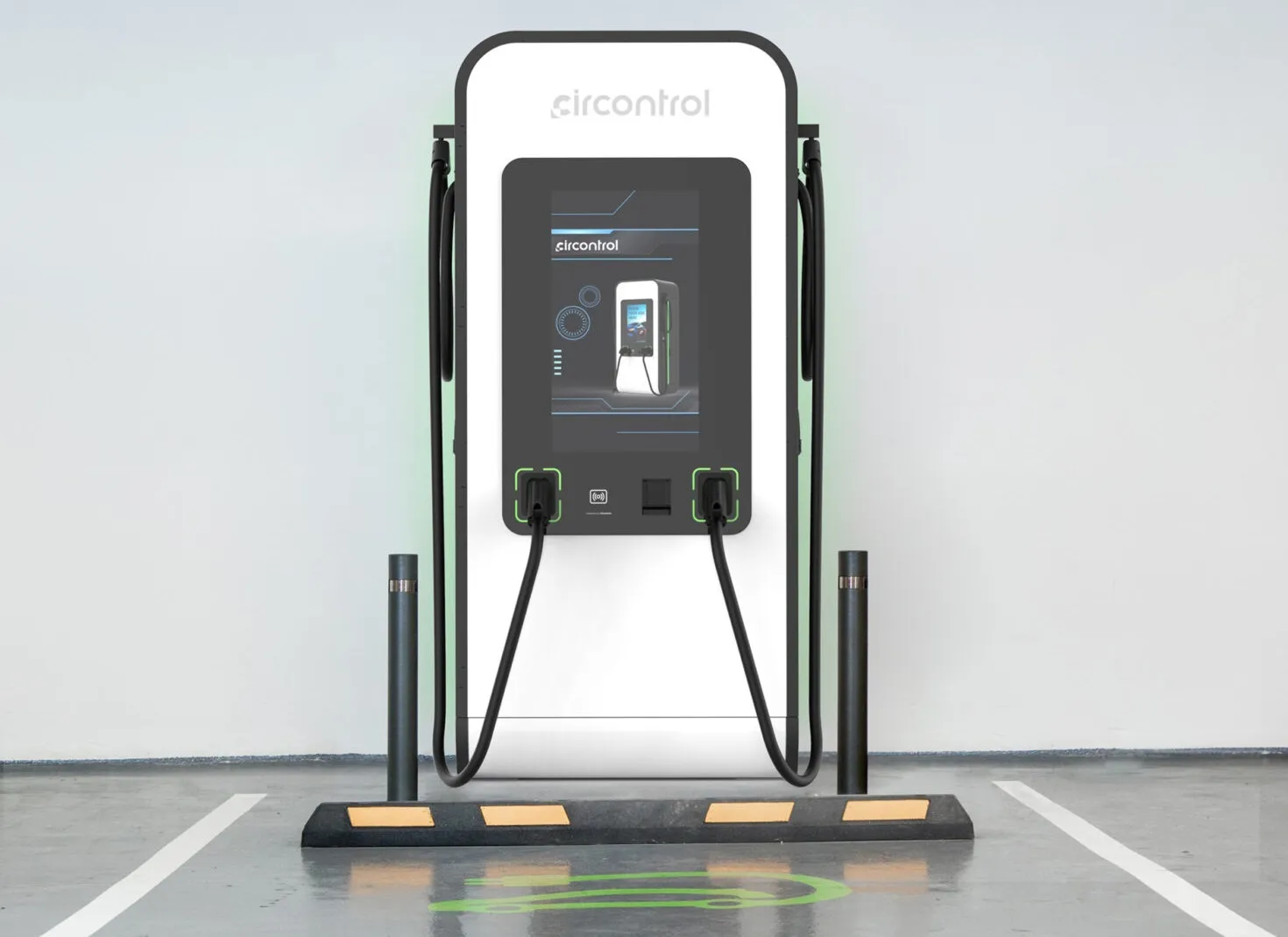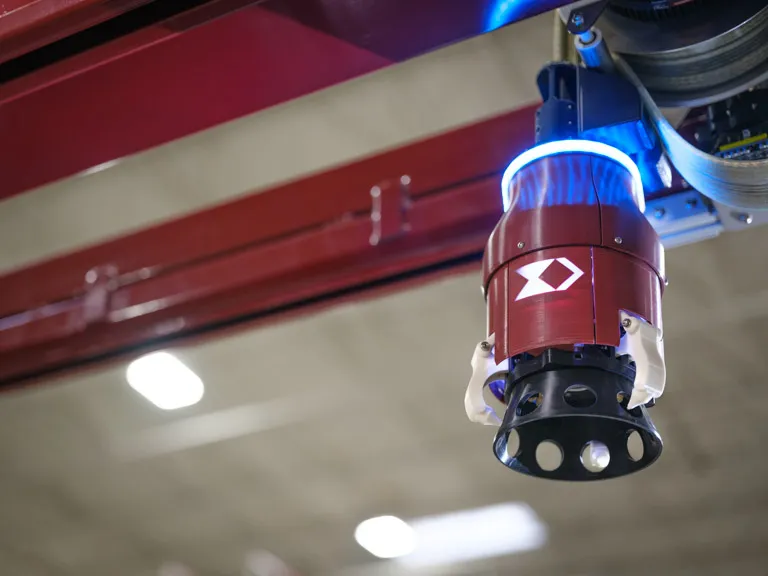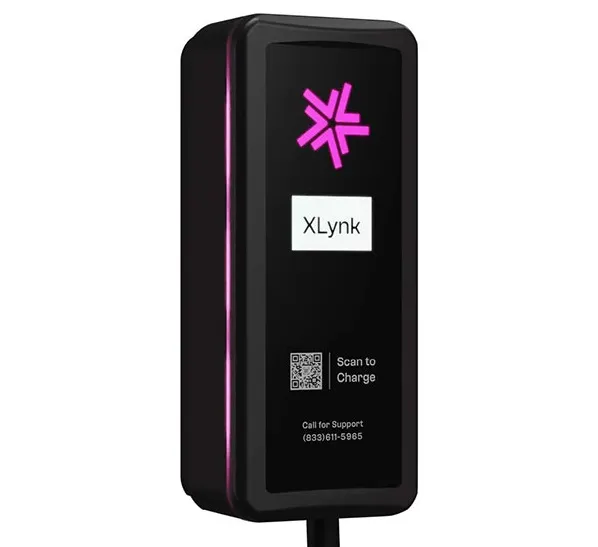
Cenex has developed the Charging Emergency Response Vehicles In Non-standard Operations (CERVINO) tool to address the unique challenges faced by emergency fleets in charging their electric vehicles.
CERVINO is a data-driven solution assisting emergency fleets in understanding their charging requirements. The tool offers valuable insights into infrastructure needs through the analysis of historical journey data and modelling fleet operations of existing vehicles by treating them as if they were electric already.
Cenex, a UK non-profit centred on low emission transport & associated energy infrastructure, says that emergency response fleets across the country have started preparing for the transition of their fleets to EVs. This comes with many challenges, one of which is the need for reliable charging infrastructure. Emergency fleets operate 24/7 and have unpredictable operations with various uncertainties such as journey or dwell time.
The conventional approach to emergency fleet electrification involves installing high-powered charging stations across base locations. Although effective for standard fleets, Cenex says this does not take into consideration the unpredictable nature of mission critical emergency fleets.
The CERVINO tool provides a more tailored approach by: simulating EV fleet operations using real-world journey data; identifying charging requirements to ensure operational readiness; assessing potential risks of journeys failing due to insufficient charge; and optimising charging infrastructure placement to balance cost, efficiency, and reliability
The tool was first commissioned by NHS England to explore the electrification of ambulances across a regional NHS Trust in the UK. This indicated the battery size required for the ambulances and an estimate of the cost and installed capacity required to charge electric ambulances.
Following its success, the tool gained further interest from other emergency services including police fleets, amber light fleets and an international ambulance service. It has been further enhanced to pull insights from the site perspective. The tool can now provide the hourly power demand and hourly number of vehicles charging at a site, giving an indication of the busyness of a site. It also allows us to see the distribution of power demand at a site.
In one project, the tool was used for finding areas where extra charging support would be effective instead of simulating an electric fleet with charging available at the base. These were areas where vehicles in the fleet tended to reach low battery states and were at risk of failing their journey. As a result, the identified locations were recommended as sites for wireless charging, which were then taken on as part of the client’s wireless charging strategy.
Cenex says: "Emergency response fleets are difficult to decarbonise due to their unusual and constant operations. However, this tool can help provide insights to drive informed decisions on the strategy to decarbonise and achieve net zero goals. Thereby reducing the friction and making the frontline’s job easier, which is critical to the adoption and smooth transition."
The tool’s flexibility provides bespoke solutions for fleets based on their specific requirements. It can be used for: Comprehensive analysis – Providing detailed fleet and site statistics, charging needs, and cost scenarios ranging from low to high investment strategies; Baseline assessments – Delivering key data on vehicles and site suitability for electrification.


